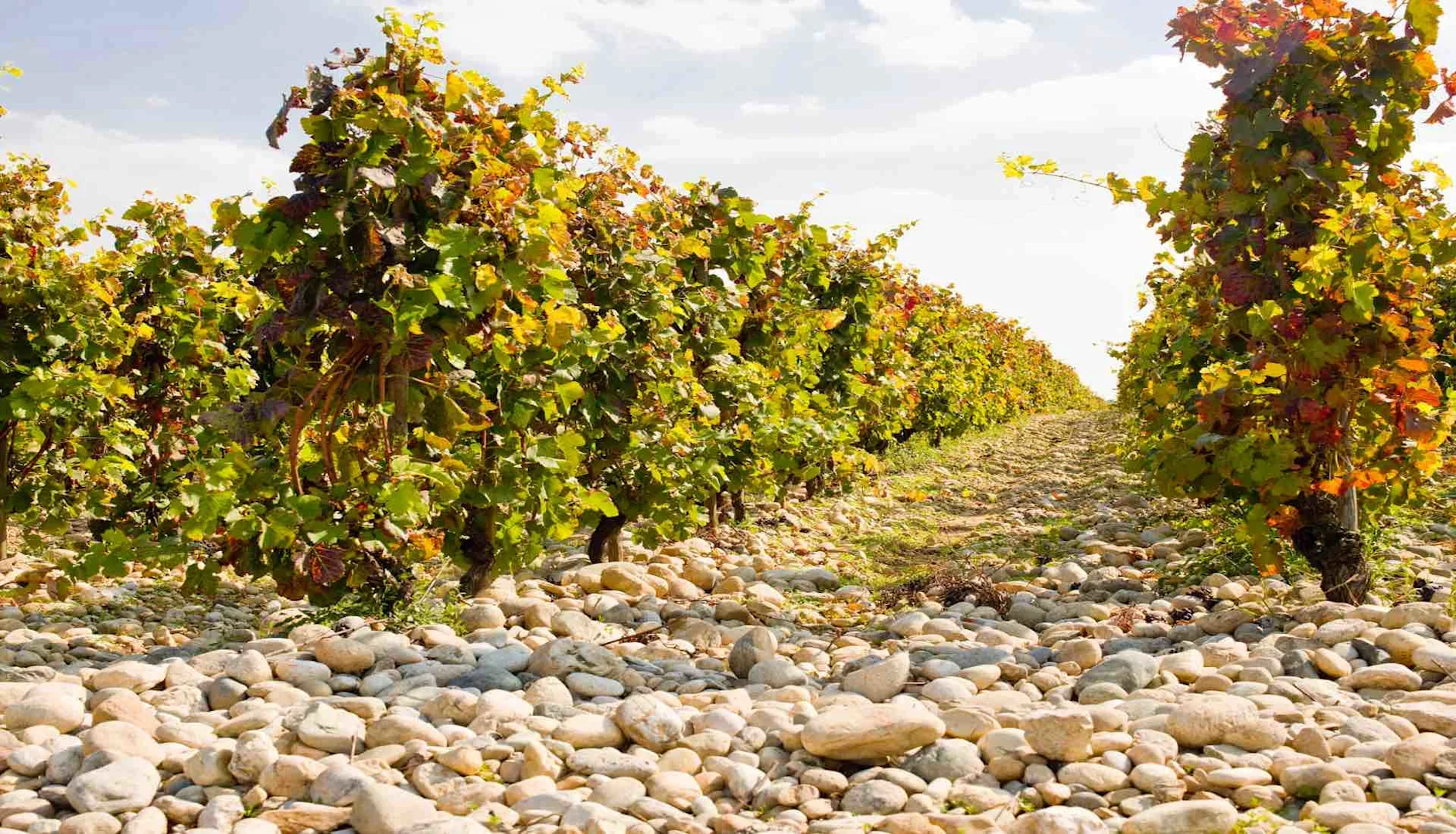Filter by
Filter by
Sort by:
Results Per Page:
1
Page 1 of 1
- Dense, cherry-rich Amarone from Italy’s 2016 Winery of the Year. Deep, velvety smooth
Italy
Corvina-based blend£23.00 per bottle - Deliciously rich, powerful Amarone from Italy's 2016 Winery of the Year – dark and intense
Italy
Corvina-based blend£27.00 per bottle - Intensely rich Amarone from an exceptional vintage
Italy
Corvina-based blend£25.00 per bottle - Beautifully crafted, decadently rich, 94-point Amarone from the classiest act in Valpolicella
Italy
Corvina-based blendfrom £68.00 per bottle
- Showing (1 to 4 of 4)
1
Page 1 of 1
When can I expect my wine delivery?
The day of your delivery will depend on which option you’ve chosen at checkout.
- For a standard delivery, we will deliver your order in three to five working days. Delivery to the Scottish Highlands, some other areas of Scotland, Northern Ireland and offshore islands can take an extra few days.
- Usual delivery times are between 07.00 and 21.00.
- You can select Next-day or Named-day delivery at checkout – but do bear in mind we don’t deliver on Sundays or Bank Holidays.
For the best experience we recommend you subscribe to our Unlimited service. A one-off payment of £29.99 entitles you to free delivery for a year – including free Next-day delivery. There’s no minimum order – you’ll get free delivery even on a single bottle. And you can get delivery to multiple addresses, so it’s perfect for gifting!
Do you have a money-back guarantee?
We want you to be entirely happy with your chosen wine, so we offer an unbeatable money-back guarantee on every single bottle – even wines you buy on sale.
No quibbles. No questions. Just your 100% satisfaction.
If you aren't happy for any reason, get in touch and we’ll arrange to collect your bottle within 48 hours.
What makes Amarone special?
Amarone stands out from other reds because it’s made with grapes that have been air-dried after harvest – a process known as ‘appassimento’. Grapes are laid out in a well-ventilated area for three to four months, allowing water in the grapes to evaporate. The dried grapes are then gently pressed to release the rich juice, which is then fermented dry. It’s a timely and costly process, but all this extra effort means the final wine has greater flavour intensity and power than many other styles of red. It also has incredible longevity, meaning it can age for years – developing extra layers of flavour complexity.
Understanding an Amarone Label
Amarone is one of Italy’s most famous red wines, and arguably one of the most famous wines in the world – known for its ultra-rich fruit character, full body, and decadent style. To be called ‘Amarone’, the wine must come from Valpolicella in the Veneto region of northern Italy, be made with air-dried grapes, and aged for a minimum of two years. There are three distinct quality levels to look out for on the label when buying Amarone:
- Amarone della Valpolicella – this is the entry level within Amarone. But quality is still very high. The wine is aged for a minimum of two years, at least one in barrel, and has that characteristic concentrated flavour that comes from air-dried grapes.
- Amarone della Valpolicella Classico – that word “Classico” means the grapes had to have come from a historic subregion within the Valpolicella area. These premium grapes lend deeper, more intense flavours to the final wine.
- Amarone della Valpolicella Classico Riserva – this is highest quality level for Amarone wines. Instead of the normal two years, a Riserva Amarone must be aged for a minimum of four years, with at least one in barrel. This extra ageing contributes to greater depth, complexity, and maturity of flavour.
Best food pairings for Amarone wines
Amarone wines are big, full-bodied, and powerful, boasting a wonderful array of complex spiced fruit flavours. So the best food pairings for Amarone wines include hearty dishes that complement their bold character. We’ve listed out five of our top pairings below:
- Grilled Ribeye Steak: The robust flavours of a perfectly grilled ribeye complement Amarone’s bold flavour profile, creating a savoury and indulgent pairing.
- Aged Parmesan Cheese: Any strong cheeses are a great match for Amarone. But the nutty, salty notes of aged Parmesan go particularly well.
- Wild Mushroom Risotto: The rich, creamy, and earthy flavour profile of these dishes allows the baked fruit richness of Amarone wines to really shine.
- Braised Lamb Shanks: The tender and succulent meat of braised lamb shanks really soften Amarone’s tannins and powerful flavours, amplifying the juicy fruits.
- Dark Chocolate Fondue: For a sweet option, select fruits that match Amarone’s flavour profile – black cherry, figs, dark berries – and enjoy dipped in dark chocolate.










